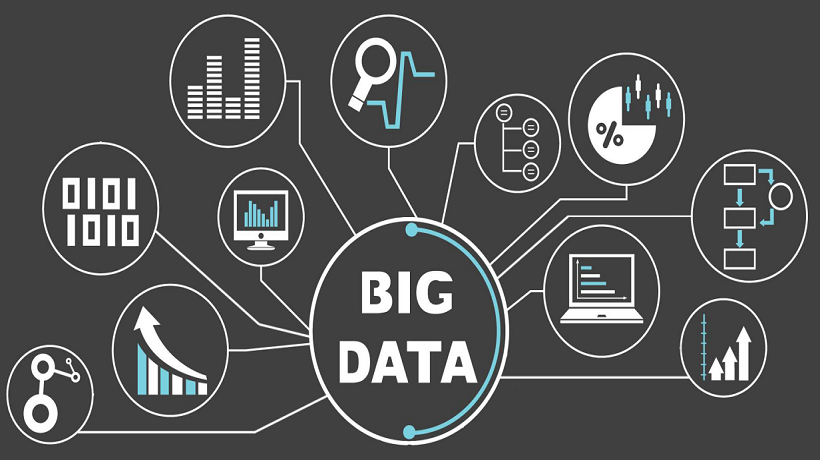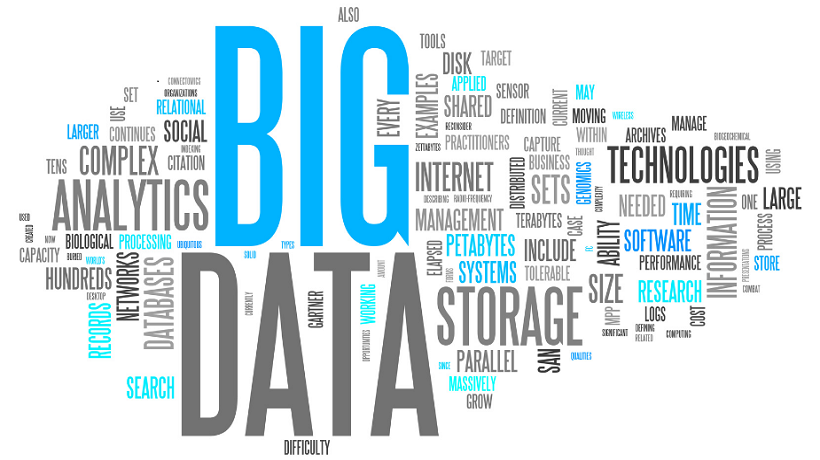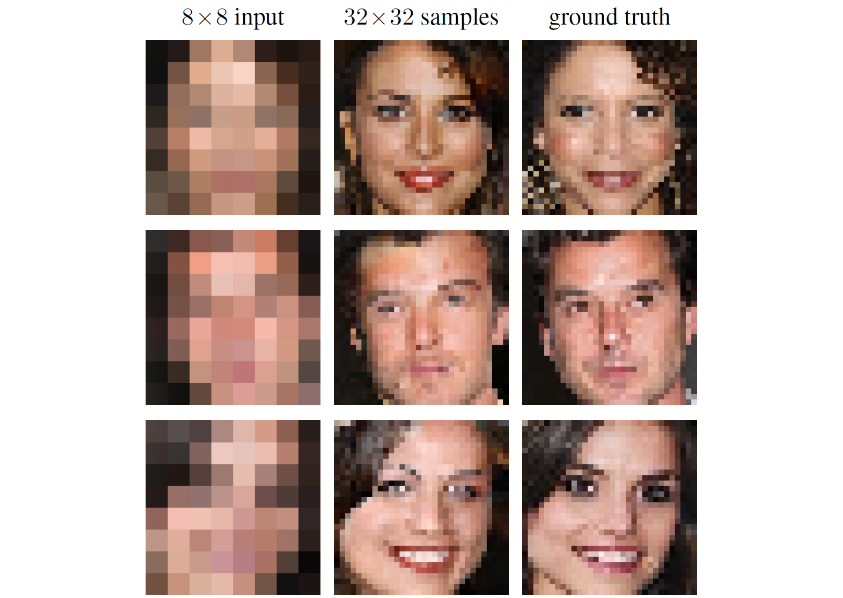Data Science Predictions for 2017

Data is now creating opportunities for business growth and profit like never before. In the last decade, the emergence of advanced data technologies and superior analytics tools has made it possible for business operators to reap numerous benefits from their data assets, yet for most they’ve only just scratched the surface of data’s potential. Data Science is allowing enterprise’s to successfully leverage that potential like never before.
A particular McKinsey report published in 2013 predicted that the global business community would feel the pinch of an acute shortage of Data Science professionals for the next decade, specifically a shortage of “1.5 million analysts” skilled at deriving competitive intelligence from the vast amounts of static and dynamic (real-time) data. While such a prediction is coming true, a greater focus on marketing the importance of Data Management to enterprises and within higher education institutions is enabling the entire industry to cope with shortages in ways that were not fully understood only a few years ago. The upheavals within the Data Science industry will continue throughout 2017, but so will more growth and more possibility.
The Power of Data Science
To understand why Data Science is so critical for business success, there are a few pre-conditions that need to be understood:
·Data Science has the requisite capability to provide accurate solutions to business problems when one needs it and where one needs it
·Data Science enables better business decisions and accurate study of the impact of such decisions. A past Harvard Business Review study stated that top businesses are generally 6% more profitable than their peers when they rely on data-enabled decisions.
·Data Science can make more exact predictions about the future when both human intuition and experience fail. With Data Science, businesses do not have to depend on guesswork anymore.
·Customer tracking has become a reality with highly capable, smart devices and state-of-the analytics platforms. Real-time customer data acquisition helps deliver accurate answers.
Given the above information, it is possible to understand why Data Science is going through a global revolution at this juncture in time. The limitations of science and technology that had hitherto withheld the power of Data Science are gradually eroding, and the Data Management industry can expect some major changes to sweep through global Data Science practices in 2017. Some calculated predictions about where the Data Science industry is headed next year are listed below.
2017 Data Science Prediction 1: Machine Learning to Rule the Industry
Quora featured a query about how Machine Learning will impact the evolution of the Data Science industry. To answer this query, Claudia Perlich, Chief Scientist at Distillery and Adjunct Professor at NYU, confirms that given the close relationship of Data Science and Machine Learning (ML), the future business analytics world will not be able to survive without ML. Perlich expects that as ML is increasingly becoming more relevant to Data Scientists, a basic skill level in Machine Learning will soon become mandatory to even begin a career in Data Science. Read the full explanation in Forbes blog post titled Machine Learning Will Bring Some Big Changes to Data Science As We Know It.
The Machine Learning fever will continue to envelop Data Scientists in 2017. Organizations will go the extra mile to locate and attract Data Scientists will solid Machine Learning skills to enrich their Data Science Departments.
2017 Data Science Prediction 2: Internet of Things Data Streams to Conquer Traditional Business Intelligence
Gartner made these predictions a few years ago, but they will be more relevant in 2017 than ever before. As sensor-driven devices continue to engulf all facets of human society, about 50 percent of Business Intelligence (BI) platforms will capitalize on event data streams. This trend will result in a new breed of BI solutions surfacing on the horizon to capture and harvest real-time data troves from attached devices in a wide range of applications like weather forecasting, manufacturing, electrical, voice recognition, and health monitoring systems, to name a few. Also more and more, as Self-Service Analytics pick up, the analytics capabilities offered by Business Intelligence vendors and those by SaaS providers will become indistinguishable.
According to GE’s Industrial Internet Insights Report, the Internet of Things (IoT) market will contribute between $10 and $15 trillion to global GDP in the next 20 years, which can be witnessed in the rising popularity of IoT skills in the Data Science marketplace. IBM, Intel, Verizon, and Microsoft are all aggressively hiring Data Scientist manpower with IoT skills. Also review the article The Life of a Data Scientist.
2017 Data Science Prediction 3: Big Data Technology Spending will Boom
Gartner also predicted that the confusion and uncertainty surrounding the business impact of Big Data was foreseeable until 2016. True to that prediction, much of the debate around the real vs. perceived value of Big Data has been already resolved, and Big Data technologies have matured from their earlier “emerging” stage. Today, Big Data technologies are more mainstream and more necessary for the success of Data Science initiatives than they have been at any time in the past. 2017 will only increase this important relationship.
Until now, only about 30 percent of businesses have experienced the Big Data revolution, but 2017 will certainly see a continued boost in Big Data investments, especially as the cost to handle the “volume, velocity and variety of data” has substantially come down. According to Information Week, Big Data Analytics Sales Will Reach $187 Billion by 2019.
2017 Data Science Prediction 4: The Persistent Growth of the Hadoop Market
With the growing promise of Big Data solutions, 2017 will see a natural growth of technologies like Hadoop as it has already proven to have a positive impact on enterprise IT budgets. Hadoop will not only continue to deliver a centralized platform for cleansing, storing, and processing huge volumes of data, but it will also combat the cost-prohibitive nature of standard IT solutions. Hadoop offers an excellent solution to deal with a wide variety of applications like Predictive Analytics, ETL, Data Visualization, Data Mining, Data Warehousing, IoT, or Clickstream Analysis. Today, Hadoop is considered one of the most preferred single, scalable, and cost-friendly alternatives to commercial Big Data Management systems; its popularity will increase through 2017.
The only constraint that hindered the growth of Hadoop in 2015-16 was revenue generation, but finally the rising popularity of Big Data technologies will open a revenue market for Hadoop. The Hadoop Market Forecast 2017-2022 forecasts that this expanding market will surpass $16 billion by 2020. Also, read about this Hadoop and Big Data Analytics Market report, which indicates that the close inter-dependency of both the markets will result in a worth around $13.9 billion by the end 2017.
2017 Data Science Prediction 5: Data Science in Action – Healthcare Business Intelligence and Analytics
This insightful Deloitte research paints the picture of a highly techno-enabled and digitized patient care world of 2020. As technologies like video conferencing and wearable devices become more commonplace, the tech-savvy patients of tomorrow will gradually look towards the digital platform for their day-to-day healthcare needs. By 2020, hospitals and clinical centers will be reserved only for critical healthcare and monitoring of patients. By and large, the future healthcare industry is heading towards a digital healthcare platform, which will be more evident in 2017.
In 2017, consumers can expect:
·Doctors to consult data-driven solutions to make patient care decisions
·Healthcare services are gradually moving towards a 4P model – “preventative, predictive, personalized, and participatory.” In this paradigm, the patient will become a fully informed and empowered partner in evaluating and selecting an appropriate treatment procedure
2017 Data Science Prediction 6: 25 percent of Enterprises will Recruit a Chief Data Officer (CDO) by the End of 2017
Readers of 7 Big Data Trends in 2016 will find that Gartner had made the above prediction. A CDO, assumed to be in charge of Data Strategy, Data Governance, and Policy Management, will also be accountable for Data Quality, Privacy and Security, and Lifecycle Management. This trend indicates that the coming year will experience an integrated data-driven culture in global businesses. CDO’s are some of the primary drivers pushing for more Data Science use within their departments. They understand the need for Advanced Analytics and the many benefits that Data Science can provide an enterprise.
What Does This All Mean?
Scott Clark, a Data Scientist at Yelp, feels that a tiny change made to the Yelp website will have a huge impact “over millions of people,” thanks to Data Science. This speed and accuracy in Data Science will only be possible because of the rapid growth and use of allied technologies like Big Data, Hadoop, and the Internet of Things, which will continue to evolve through 2017. The data deluge pouring in from online, mobile, social, and IoT networks are finally beginning to make sense to the business owners all over the globe. Data Science will help make better sense of these trends and aid the continued growth of the Data Management industry as a whole well into 2017 and beyond.


